WorkSafeNB found problems at long-term care homes, poultry plant with COVID outbreaks
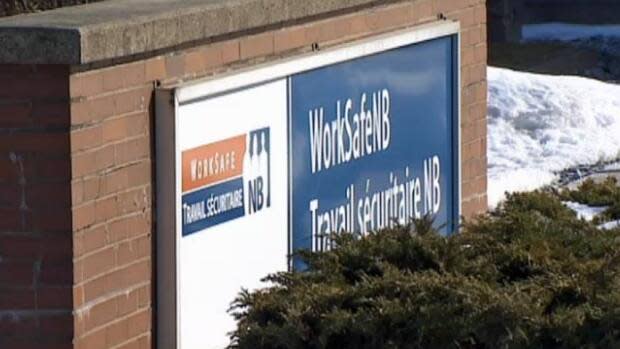
Employees removing their masks in a special care home with a COVID-19 outbreak. Missing details from COVID-19 operational plans, or no plan at all. Confusion around what doors employees should use to come and go.
These are some of the issues WorkSafeNB inspectors found at three workplaces with COVID-19 outbreaks since the beginning of the pandemic, according to records obtained by CBC News through access to information.
The inspections were prompted by requests from the deputy medical officer of health, the province's provincial rapid outbreak management team, known as PROMPT, and in one case, by an anonymous complaint.
"Inspectors review the workplaces' operational plans to ensure there aren't any gaps and verify that all necessary occupational control measures are available and being used effectively," Laragh Dooley, WorkSafeNB's executive director of corporate communications, told CBC News in a written statement. WorkSafeNB did not provide an interview for this story.
"They would also address any deficiencies in compliance with the Occupational Health and Safety Act."
The first inspection happened on June 16, 2020, when the province was dealing with its first outbreak in a special care home, at Manoir de la Vallée in Atholville.
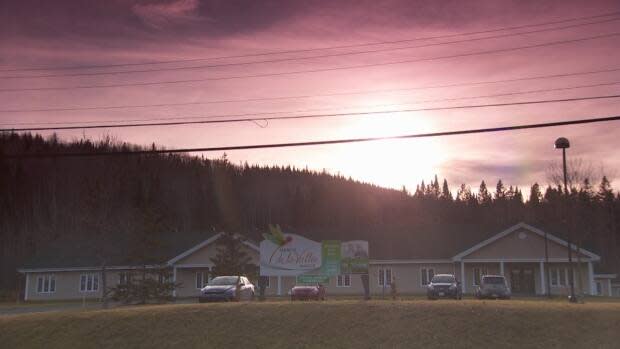
Twenty-three people were infected with COVID-19, including seven employees, according to Public Health. Two residents lost their lives.
An anonymous complaint
The WorkSafeNB inspection was prompted by "an anonymous complaint," Dooley said.
Once an inspector arrived at the home, they found public health measures were applied in the workplace, but there was no COVID-19 operational plan, the report shows. The home created one within the next 10 days, following an order from WorkSafeNB.
The inspector also found there was no joint health and safety committee, something that was required because the home had more than 20 employees. That issue took months to correct, with inspection reports showing it was still an issue until January of this year.
"Some pandemic-related challenges impacted the timeline to rectify the issue," Dooley said.
About a month later, while the outbreak was still active, WorkSafeNB found more issues at Manoir de la Vallée. Employees were self-screening for symptoms, and the inspector ordered the home to designate someone to screen employees every five hours. The home followed that order, the reports show.
The inspector also found that some employees who worked in the kitchen were taking their masks off because it was too hot, and they found it hard to breathe. The inspector told them to wear a face shield.
Guy Tremblay, president and CEO of the Lokia Group, which owns the home, questioned why someone would try to find fault with an employee who removed their mask "for five minutes" because they had a hot flash.
"I don't know why you're looking to find some fault like that," he said.
CEO says problems weren't a factor in outbreak
Tremblay was not able to answer questions about the status of the home's joint health and safety committee.
When asked whether any of the problems found by WorkSafeNB played a role in the outbreak at Manoir de la Vallée, Tremblay said no.
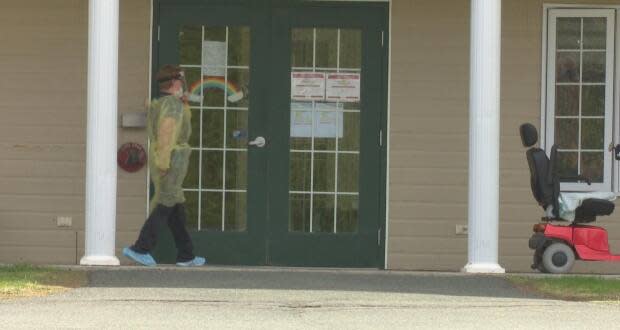
"My opinion: everybody did their best, really, in the pandemic situation," said Tremblay.
"Everybody did their best. They were not all in the good preparation to do it."
Tremblay said he was pleased with how his employees, the Department of Social Development and the Department of Health handled the outbreak because "everybody learned at the same time."
He questioned why journalists are trying to find the negative in his home, instead of the positive. He said no one knew how care homes should respond to the pandemic in New Brunswick at the time of the outbreak.
"We try to find guilty people a year after when everybody [was] not prepared about [the] pandemic in New Brunswick at that time," Tremblay said.
"It's my feeling. And now they try to find guilty people to say, 'It's your fault.'"
Caregivers who responded to a call for help at the home previously told CBC News that what they saw in the Alzheimer's and dementia unit at Manoir de la Vallee during the outbreak was "a nightmare," with coughing COVID-positive residents wandering and no one appearing to be in charge.
Poultry plant inspected
A few months later, the deputy medical officer of health asked WorkSafeNB to inspect the Nadeau poultry plant in the municipality of Haut-Madawaska, about 40 kilometres outside Edmundston.
Twenty-three employees ultimately tested positive, according to the company, and the plant was closed from Jan. 18 to Jan. 28.
According to an inspection report from Jan. 22, the inspector was concerned that employees weren't using the correct doors to exit and enter the plant.
WorkSafeNB ordered the business to post signage to make that clearer, so employees wouldn't meet when coming and going. The business followed the order.
Yves Landry, general manager of the Nadeau poultry plant, doesn't think the issues with the layout played a role in the outbreak.
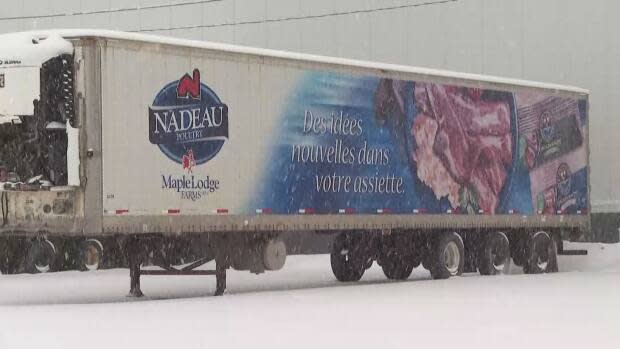
"There was no evidence that transmission was occurring in the plant, so it is unlikely," Landry wrote in an email to CBC News.
"The majority of our employees all come from the local, tight-knit community; we employ over 210 of them at the plant, so it would be very difficult to identify the source of transmission."
The plant made a number of changes when it was closed, including reducing capacity in several areas and deactivating sick employees' passes, so they wouldn't show up at work, something Landry described as a "precautionary measure only."
"Again, there was no evidence of workplace transmission.
"These measures were put in place to improve our infection control program and are still in place."
Another care home, Villa des Jardins in Edmundston, was inspected on Feb. 2, 2021, a few days after Public Health declared a COVID-19 outbreak. There were at least 32 employees and residents who became sick at the home. Two residents died.
That inspection was requested by PROMPT, which was onsite helping staff.
The inspector found problems with the layout.
"A difficulty of the Villa is that there is only one way in, and out that's right next to the COVID-19-positive wing," the report says.
"All the dirty and clean [clothes], etc. are in the hallway as of lack of room. The Villa has no staff on site."
The home's management did not provide an interview about the report before deadline.
Researcher hopes for long-term change
WorkSafeNB inspectors also found problems at Manoir Belle Vue, a special care home in Edmundston that recorded at least 89 COVID-19 infections, including nine people who lost their lives.
The inspectors found problems with ventilation, proper use of personal protective equipment, unsanitized equipment and a hot zone isolated by tape on the floor, and found the home took a while to update its operational plan, Radio-Canada has reported.
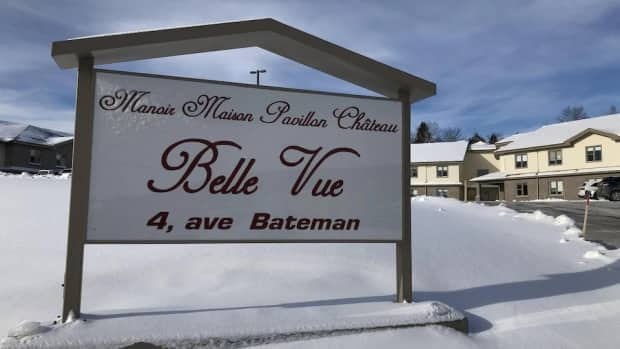
Workplaces have played a role in the spread of COVID-19 throughout the community since the pandemic began, according to one public health researcher.
Sajjad Fazel, a post-doctoral associate in the Cumming School of Medicine at the University of Calgary, hopes the pandemic has brought more awareness to the health and safety of workers.
"I just hope that it leads to long-term change and it's not short-lived, that after the pandemic things go back to normal," Fazel said. "That would be a shame."
Even something as simple as posting signs to tell employees what door to use can be effective and can show a commitment to safety from the workplace's leadership, Fazel said.
Issues like the ones found by WorkSafeNB can be used to help everyone learn from what happened, he said.
"It is helpful so that employers understand that there are certain mistakes that are being monitored, right? And I think more so for policy makers to keep in mind that we have outbreaks in workplaces."

 Yahoo Movies
Yahoo Movies 